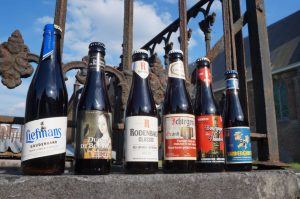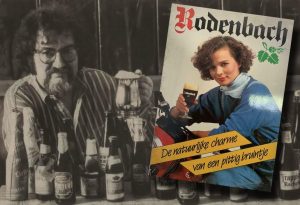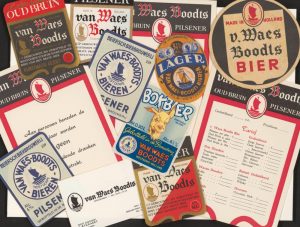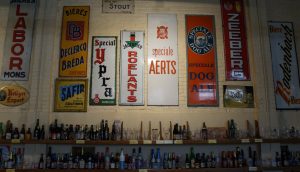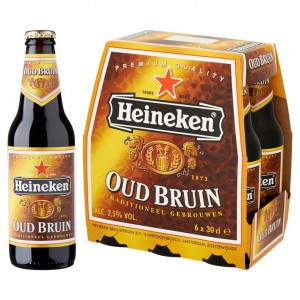A small history of Flemish old brown (and red) – 2
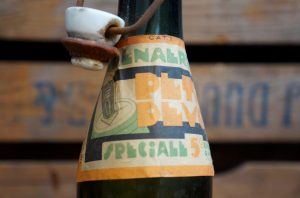 ‘The double beer of Oudenaarde,’ wrote journalist and author Karel van de Woestijne in 1906, may not be as famous as its gothic city hall, but those who know it ‘compare it to the best wines of Burgundy. To them, Oudenaarde’s beer compares to ordinary beer as Musigny does to the most common of table wines.’ Those who were familiar with Oudenaarde’s beer, turned their nose up at gueuze-lambic and other beer types, when ‘lying in its basket, a bottle of Oudenaarde’ was served. In Gent, where it was particularly popular, there were people who fell out with each other over the question which of the two main Oudenaarde brands were the best: Felix or Liefmans.[1]
‘The double beer of Oudenaarde,’ wrote journalist and author Karel van de Woestijne in 1906, may not be as famous as its gothic city hall, but those who know it ‘compare it to the best wines of Burgundy. To them, Oudenaarde’s beer compares to ordinary beer as Musigny does to the most common of table wines.’ Those who were familiar with Oudenaarde’s beer, turned their nose up at gueuze-lambic and other beer types, when ‘lying in its basket, a bottle of Oudenaarde’ was served. In Gent, where it was particularly popular, there were people who fell out with each other over the question which of the two main Oudenaarde brands were the best: Felix or Liefmans.[1]




